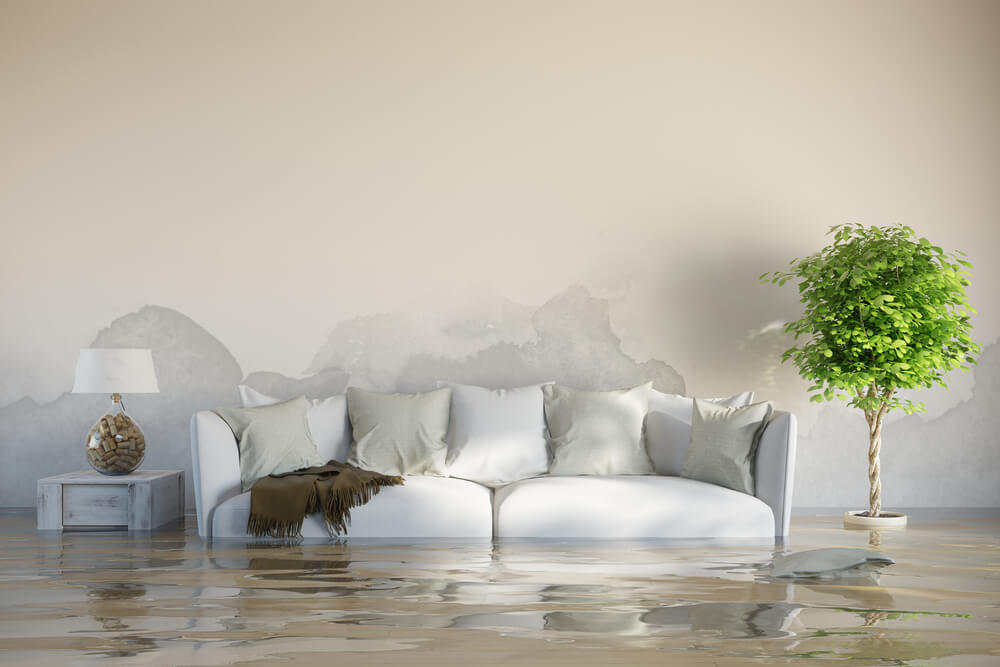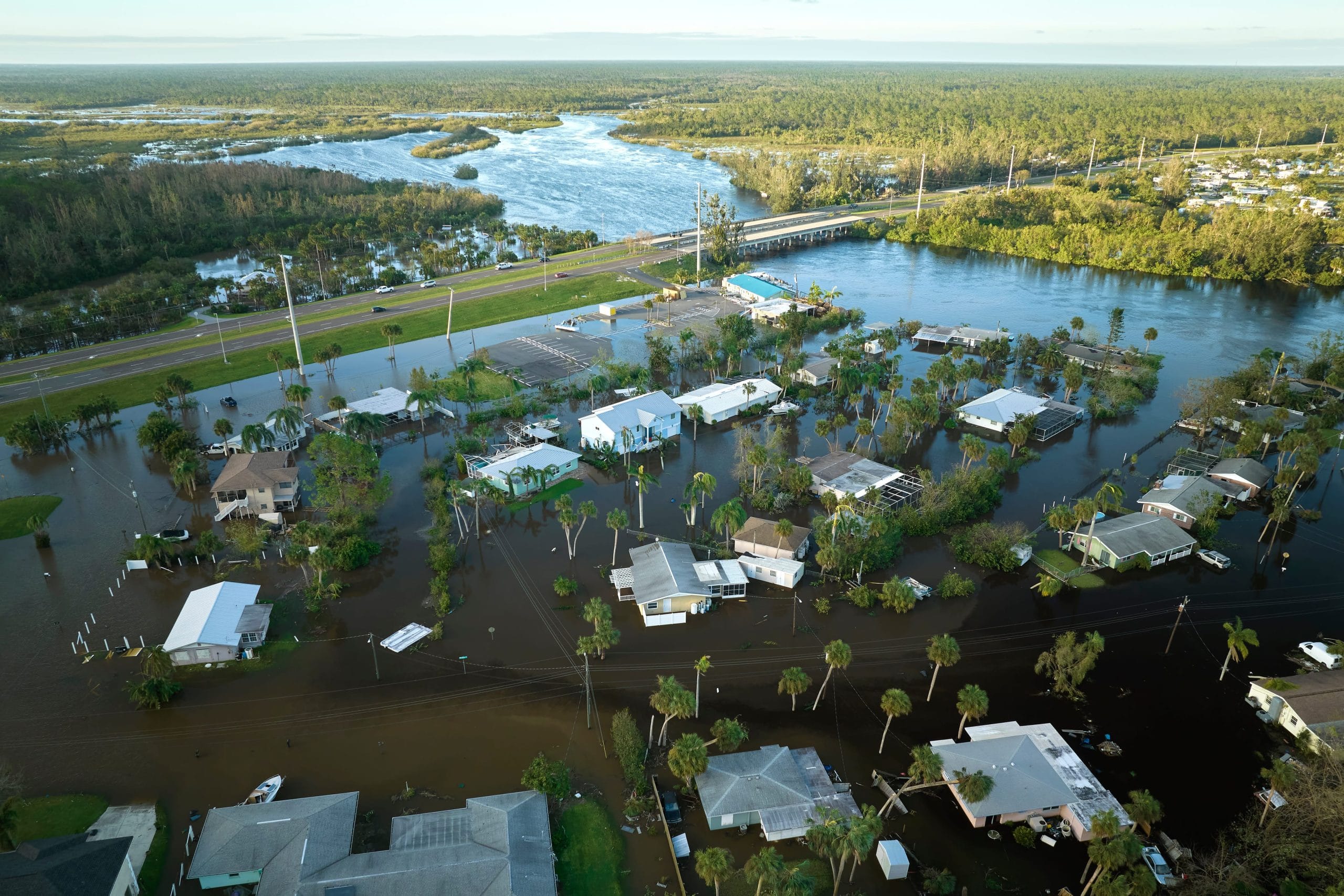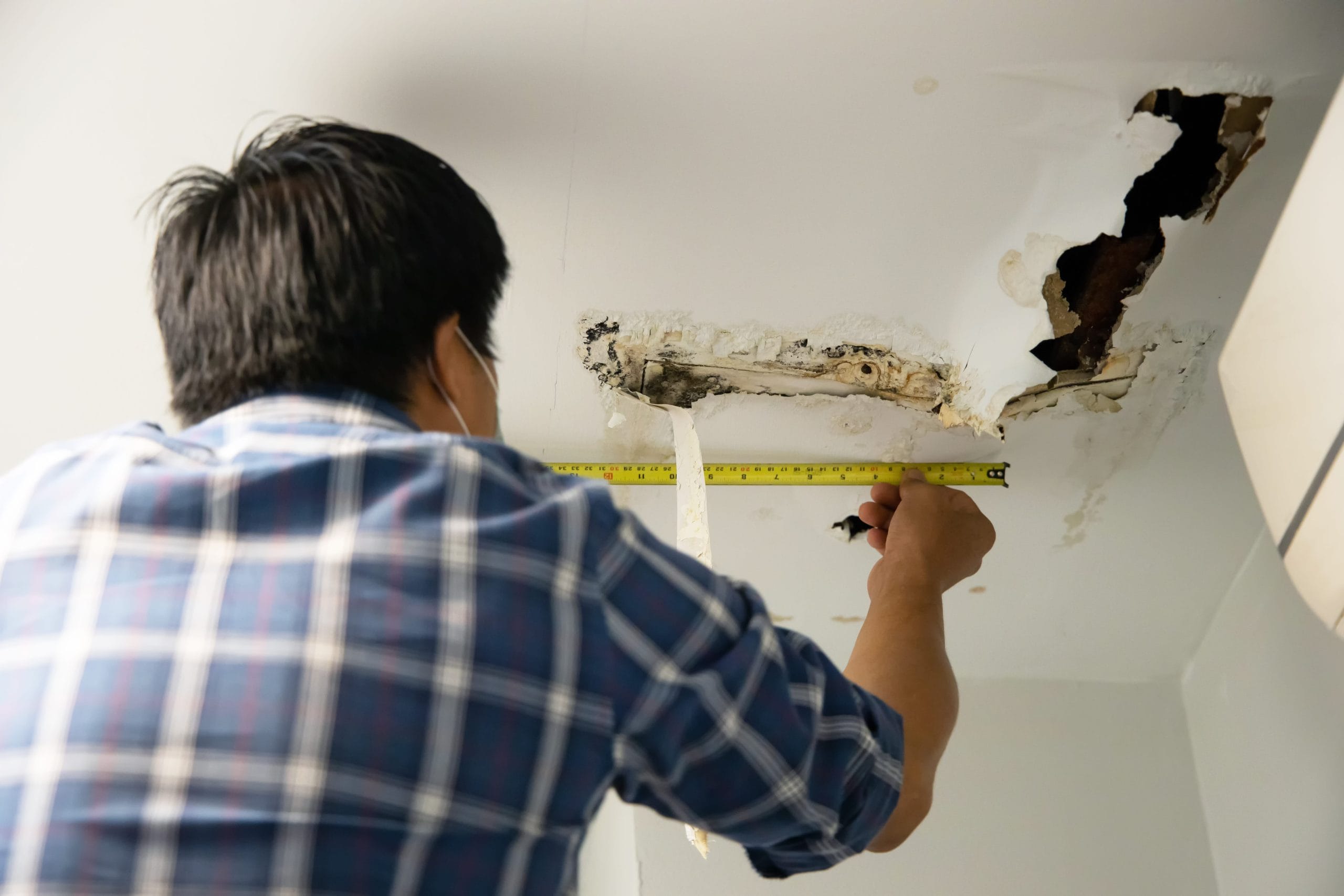If theres one service we get quoted all the time, its most definitely our water cleanup and restoration service. So many unpredictable factors can cause water-related damage, and hardly any property is entirely safe from it. It doesnt matter where you live or if you have brand new pipes installed in your home, theres always a risk of a flood happening when you least expect it.
To make things worse, time is of the essence when dealing with water-related damage. Literally every second counts, so knowing what to do and acting quickly will make the difference between a small repair fee and a giant hole in your wall and your bank account.
Today we are going to share some water damage restoration tips which can help minimize the adverse effects before a professional restoration service arrives at the scene. Read along and find out how you can protect your property and get it back to normal in no time.

Lets start by addressing the types of water damage.
Different Types of Water Damage
Damaged caused by water ranges from small leaks to all-out flooding. A water pipe damaged by frost might seem like a minor issue at first but can quickly become a severe hazard if left untreated. A backup in your main sewer line could potentially cause a heap of trouble and push wastewater or blackwater back into your home. This often happens when there is a clog or blockage on the main sewer line.
Finally, there are unpredictable natural disasters that can cause all sorts of damage, including water-related damage. In order to know how to adequately react in different circumstances, we can refer to the IICRC S500 standard and reference guide for professional water damage restoration, which classifies water damage by the amount of contamination there is in the water.
There are three main categories:
IICRC S500: Category 1
Damage caused by water that is generally sanitary and is not harmful is considered as a category 1 of water damage. It is not uncommon to refer to this type of damage as clean water damage. The most common causes for a category 1 type of damage are a faulty sprinkler system, leaking water line faucet or toilet tank, and rainwater.
IICRC S500: Category 2
This category includes water that has been contaminated and can cause harm to an individual trying to commence a water mitigation process without protective gear. This type of water is usually called gray water and can cause sickness if ingested. The levels of microorganisms and biological matter are high enough to pose a threat but are not necessarily life-threatening.
IICRC S500: Category 3
Lastly, category 3 water is known as unsanitary or black water for a good reason. It contains life-threatening toxigenic agents and pathogens from raw sewage. If ingested, inhaled, or touched, this type of water can be deadly, so it is of the greatest importance that trained professionals carry out the water restoration process. Without adequate gear, exposure to this type of water through the mucous membranes or various cuts and punctures on the body can lead to severe repercussions that more than often result in death.
As we mentioned before, time is of the essence when it comes to the flood restoration process. Standing water is the perfect environment for mold to grow and prosper at rapid speeds. Also, bacteria spread quickly, so what was a category 1 can easily become a category 2 or even 3. A few hours can make all the difference between an easy cleanup job and a total disaster.
4 Classes by the amount of water that has affected the property:
The IICRC further distinguishes types of water intrusions in regards to the amount of water that has affected the property. There are a total of 4 classes:
IICRC: Class 1
Causes the minimum amount of damage and requires the minimum amount of restoration work. Good examples of a class 1 case would be a water tank leaking on a concrete floor or an overflowing sink in the bathroom which usually have a tile floor. Generally, in surfaces with low porosity, there is the least amount of absorption, hence the least amount of work. In contrast, if you have a carpet in a room affected by a flood, youll be dealing with much more absorption and evaporation. Again, a timely reaction is crucial in order to prevent the water from further spreading to the rest of the property.
IICRC: Class 2
Now, class 2 water intrusions involve larger areas and much more absorption. These are usually related to more porous surfaces where there are also high porosity items affected. Wooden floors, carpets, drywall, furniture; these are all materials that are susceptible to absorbing significant amounts of water, hence why class 2 water intrusions require much more work to be successfully remedied.
IICRC: Class 3
A class 3 water intrusion involves the largest amount of water spreading across the entire room and coming into contact with porous materials. Carpets, furniture, even ceilings are affected by a class 3 water intrusion and need to be addressed appropriately in order to avoid serious structural damage.
Natural disasters tend to flood entire buildings and soak areas that contain highly porous surfaces. Also, basements that have been entirely flooded can fall into a class 3 water intrusion. Restoring a property after being affected by such a large volume of water requires professional equipment such as pumps and air movers that speed up the drying process.
IICRC: Class 4
Finally, class 4 water intrusions describe situations where some amount of water gets trapped after the initial phase of the water damage restoration process. Usually, water is absorbed by highly porous materials but can also get stuck in tightly confined areas. The method of removing said water is challenging and time-consuming, even when done by experienced professionals. Like with class 3 cases, the use of high powered equipment is necessary to get the job done.
Identifying the correct category and class of a water intrusion is paramount in order to determine the right course of action. Taking the right steps will minimize the damage done and the time required to restore your property to its previous state. Its important to understand that each case needs to be treated separately. Each category and class of water intrusion will require different equipment and various skills to be completely remedied.

What to Do Before the Professionals Arrive
Whenever you are in a situation where you have to deal with a flooded area, think about your safety first. With your newly acquired knowledge of water intrusion categories, find the source of the intrusion, and assess the color of the water being discharged into your property. By doing this, you will know if its safe to continue with handling the situation by yourself or staying away from it until a professional cleanup service arrives.
Remember, gray or black water may contain toxins and dangerous pathogens that can be extremely harmful to the human body. Waterproof footwear, rubber gloves, and a face mask should be an essential part of your equipment when dealing with these kinds of situations.
Try to remove as much water as you can and shut off the source to stop the water flow. Mop the floors and remove furniture and other valuable items, especially if they are electronic devices. If you can, remove all the carpets as well and hang them out to dry immediately. As mentioned before, rugs are highly porous surfaces that tend to absorb huge amounts of water very quickly. If applicable, open any windows in the room to make sure the air is moving. This will slow down mold buildup and will make the environment safer.
To start the flood restoration process is always desirable, but if youre not sure what to do or you suspect there are potential safety hazards due to water affecting electrical cords and home appliances, its always better to wait for professionals to arrive.
Why Hiring a Professional Service Is the Smartest Approach
Its important to know that every water restoration job is unique due to various factors. Each restoration process requires a mix of different techniques and methods to assure every trace of water damage is taken care of.
Sure, class 1 water intrusions can be taken care of by an untrained individual with no experience, but as we mentioned, water tends to get stuck in certain materials, causing potential issues in the future. Undetected areas affected by flood damage are a convenient place for mold to take residence.
This is why hiring a professional water cleanup and restoration service is always the most affordable option because it will save you money in the long term.
How Do Professionals Handle the Situation?
Lets take a look at 5 essential steps:
Assessment
A professional cleanup crew will start by assessing all the potential safety hazards like electrical outlets and cord, followed by shutting off the power supply and stopping the water flow. Then they will move on to examining the severity of the damage caused by the flood.
Equipment like moisture sensors and meters come in handy as they display the moisture content of affected surfaces. This includes inspecting all the flooring, carpets, walls (especially if its drywall), ceilings, and upholstery. In some cases, old flooring and carpeting will have to be torn out, so its important to communicate with technicians because of the potential repairs.
Removing the Water
After inspecting the area, the cleanup experts will proceed to remove the standing water as it will allow them to address the main cause of the water intrusion. Water removal is done by mopping or high powered pumps. Some smaller puddles can be vacuumed. It is mandatory that all standing water is removed before proceeding further.
Removing Objects and Preventing Further Damage
Once the water is removed, its time to remove the objects impacted by the water damage. Hopefully, you will remove all valuable items before the restoration crew arrives, which leaves other less important items, maybe some heavy furniture, and rugs.
Now, preventing further damage is the most critical part of the flood restoration process. Temporarily fixing the situations wont do you much good and chances are that more damage will occur in the future.
Getting to the root of the cause and stopping any possible leaks is the first course of action. Also, water damage can affect the structural integrity of your floors, walls, and ceilings. Sometimes it will be necessary to remove them if the drying process is unsuccessful. Wooden surfaces that have been exposed to water need to be examined for mold and thoroughly cleaned.
Applying waterproofers and sealants on wooden surfaces will protect them from potential water damage in the future. If you live in an area that is frequently exposed to natural disasters, learning more about what is water mitigation and how it can help you stop water from entering your property.
Drying
The drying phase starts by using high powered fans in conjunction with dehumidifiers to move the air in the affected area. Fans running on full blast will help evaporate the water while the dehumidifiers will lower the level of humidity in the air, thus removing the evaporated water.
In extreme cases, heaters might also be used to speed up the evaporation process. If there is water stuck in the walls, drilling holes and removing mopboards will ensure they dry properly. Drying is an indispensable part of the water damage restoration as it prevents structural damage, mold growth, and bad odors that are almost impossible to remove later on.
Completing the Flood Restoration Process
During and after the drying process, the restoration technicians will evaluate the moisture content by using their meters. Once the meters give out satisfactory results, the restoration crew can sanitize the area and remove any remaining bacteria. A final cleaning and sanitizing session will also reduce this likelihood of mold growth.
That being said, you should keep an eye for any signs of mold in the near future. Deodorizing the area will rid the property of any unwanted odors, and with that, the initial water damage restoration process will be completed.
If any flooring, walls, or ceilings were torn out during the procedure, you could check with the restoration company if they can take care of it and repair the damage. Some companies hire subcontractors to do the repairs for them. You can also negotiate a restoration service where you hire your own external subcontractor to complete the potential repairs for you.
Act Quickly and Resolve the Situation
Your main takeaway from this article should be that accidents involving water can happen to just about anyone but acting quickly and recognizing what type of water intrusion youre dealing with can help resolve the situation quickly. Also, having a reputable restoration company at your disposal that also works with your insurance company can be a lifesaver. Spaulding Decon will arrive at the scene in under 2 hours with modern equipment and trained experts that will restore your property to its previous glory in record time. Dont wait until its too late, call Spaulding Decon.


